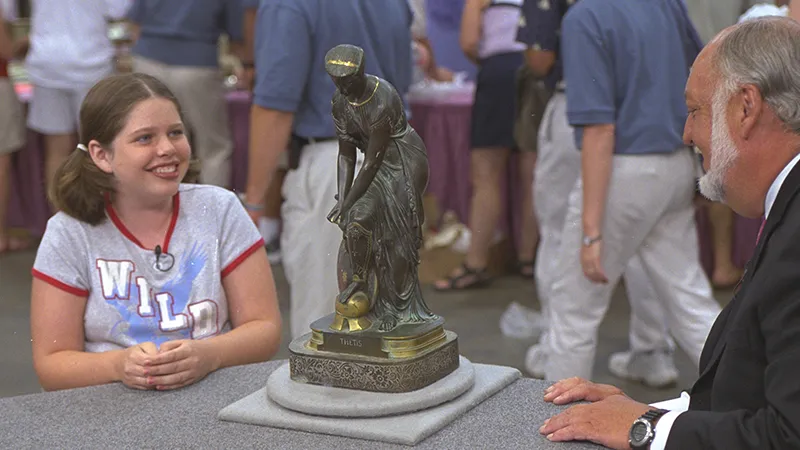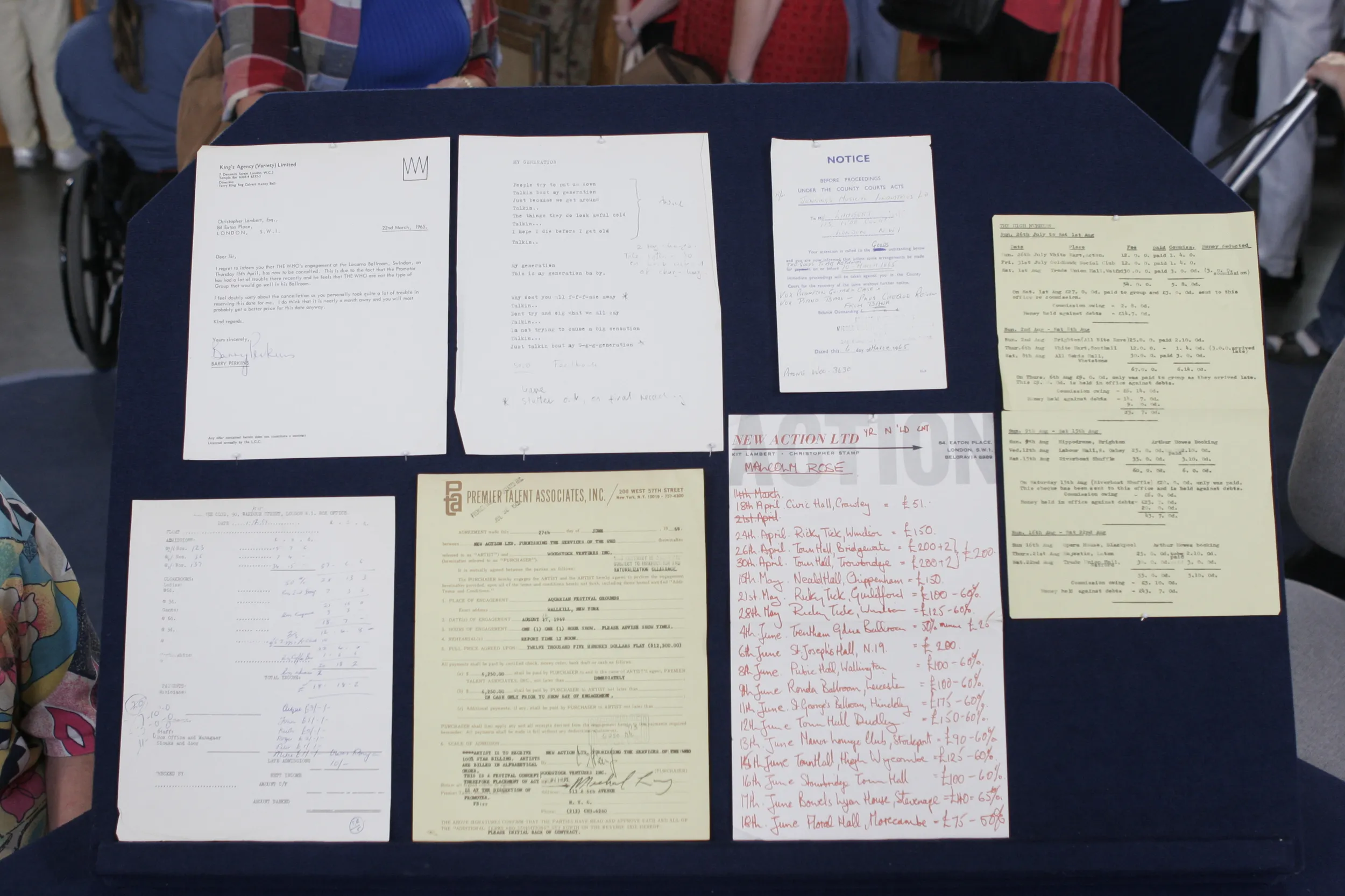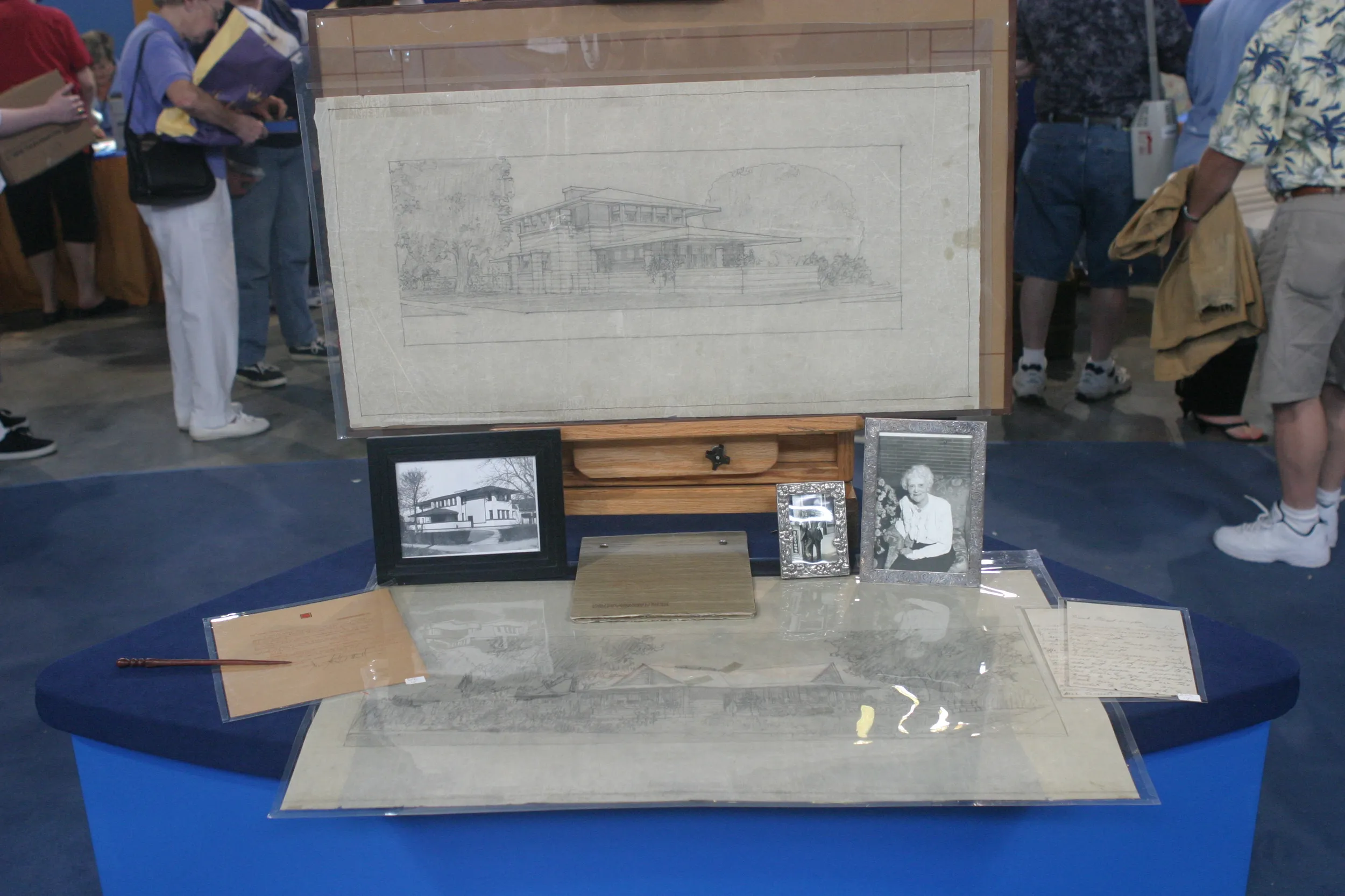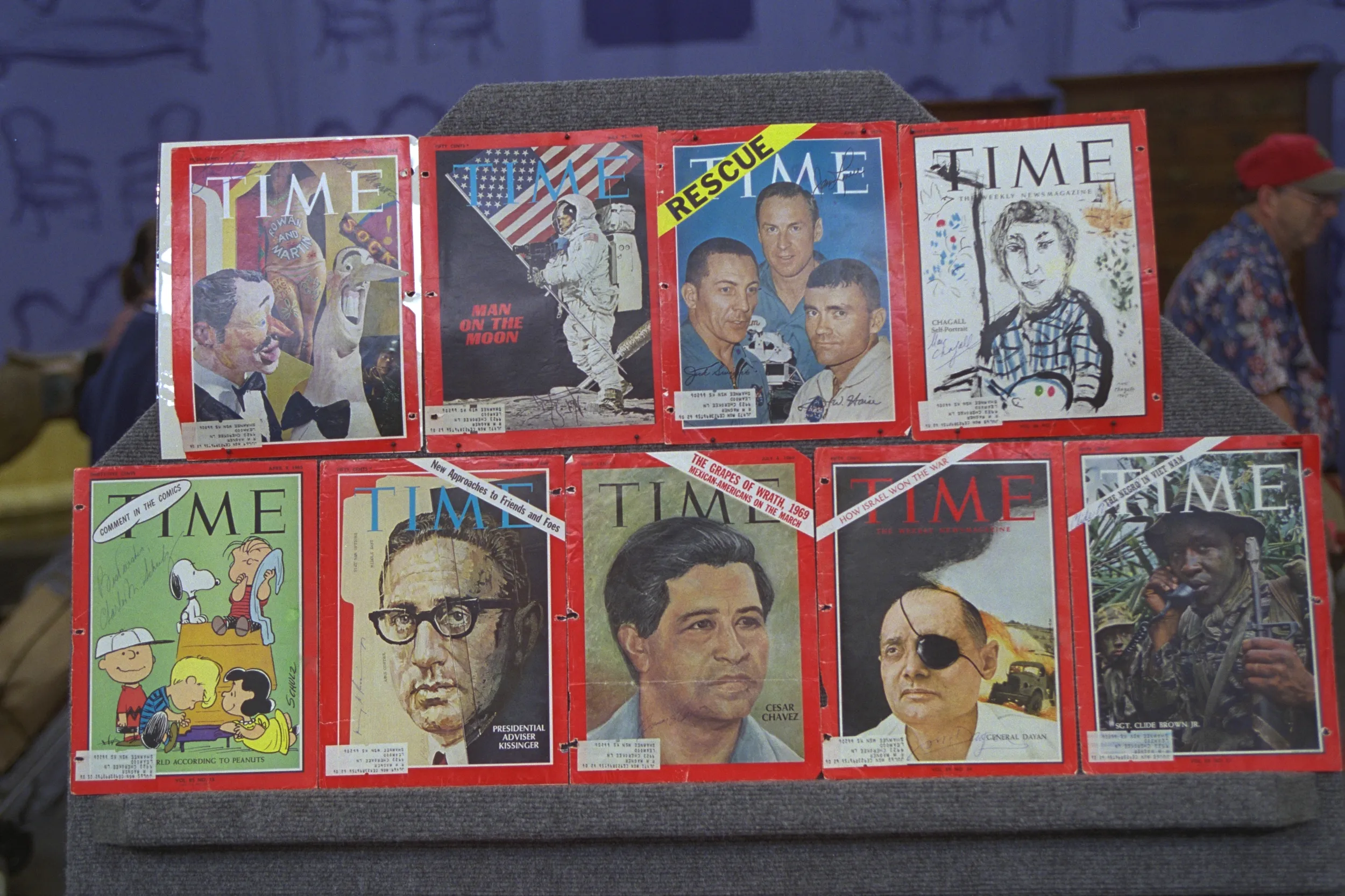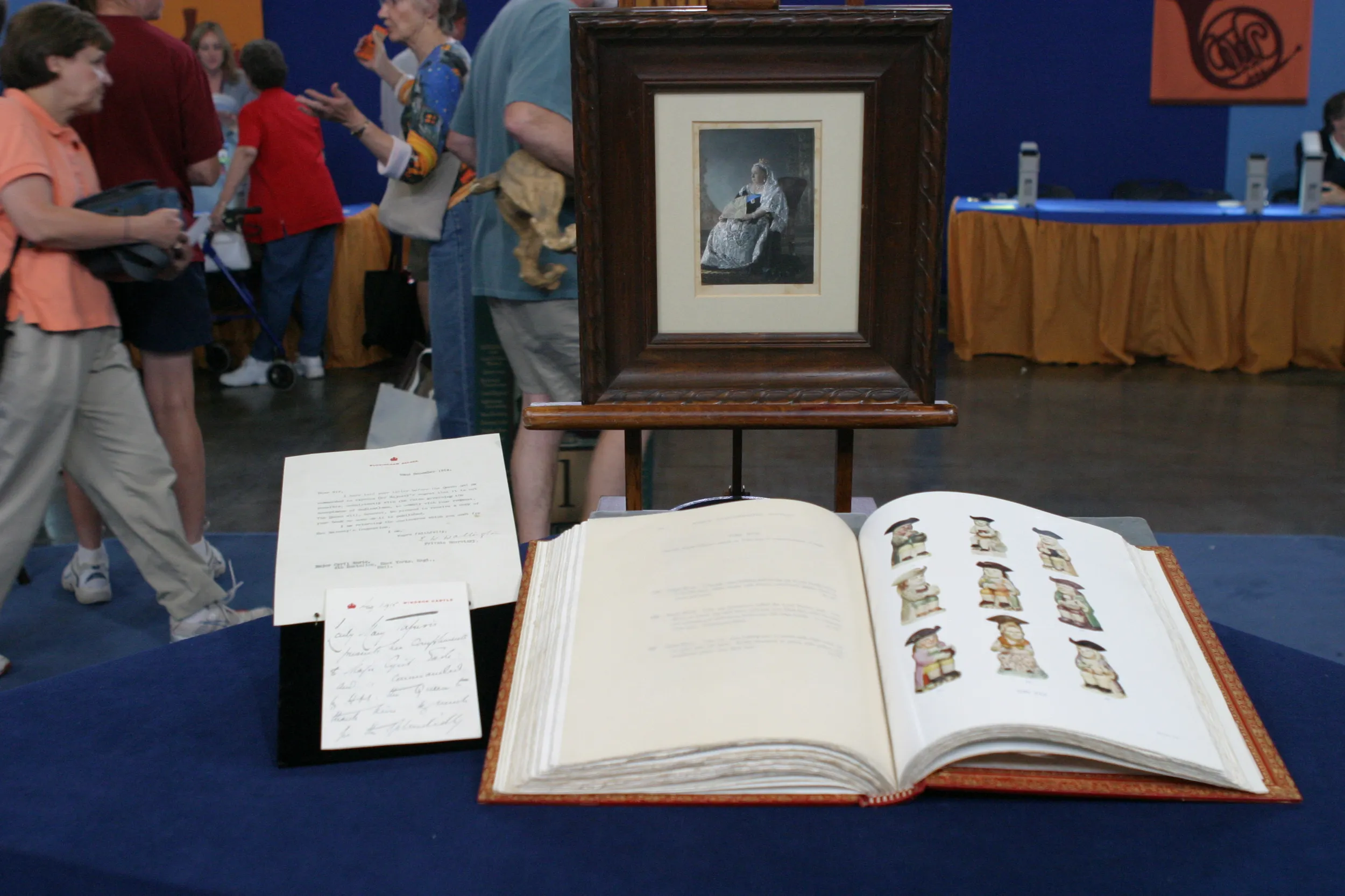GUEST: This actually belonged to my great-great-grandfather, who was a physician in Deming, New Mexico, and that, we believe, is where he acquired it.
APPRAISER: When you analyze a map, the first thing you look at is the title. "Amérique Septentrionale," and it's done by Nicolas Sanson, who was a well-known geographer. It's got a date, 1650. The big question is, was this really done in 1650? The answer is, yes, it was. Now, what makes a map valuable is when it shows something new for the first time in history. And this is one of the great maps of America, because it does show something new in history. And the information for this came from the Jesuits, who were the great missionaries and the great explorers. One of the great things about this map is, this is the first printed map to show all five Great Lakes in North America in 1650. It's the first map to name Lake Superior. And of course, they still didn't know how far out to go, and these are left open-ended. So this is a major map for this whole part of the country, New England, the St. Lawrence Seaway, the Great Lakes, and so on. Now, another thing about this map is, even though it was published after Champlain came back to France, you've got this depiction. Notice there's no single Mississippi River. No. There's a huge confluence of water coming out here. So they knew that. So they extrapolated and put a whole lot of rivers in here. Your great-great-grandfather probably bought it because it shows such, so much information on the Southwest, but the real importance is the new information here. There's a fascinating geographical error where California is shown as an island. This is one of the great maps. We have one in my shop in Philadelphia right now, and we have a price of $6,500 on it.
GUEST: Wow. So... That's... fantastic.
APPRAISER: That's quite a price, yes.

